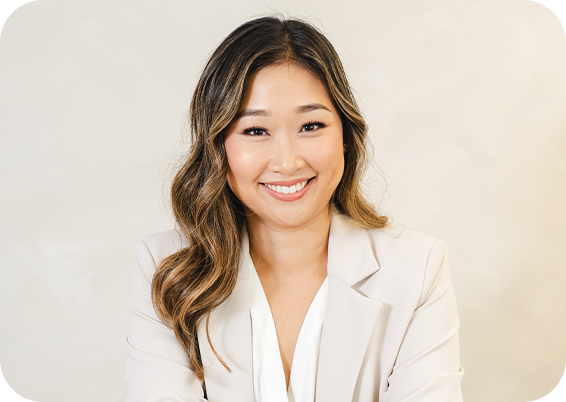
Pacifiers are a go-to solution for soothing fussy babies, offering comfort and a sense of security. However, as your child grows, it’s important to understand how continued pacifier use may affect their dental development. At Olney Pediatric Dentistry, we want to ensure your child’s smile remains healthy and beautiful. Here’s what you need to know about the impact pacifiers can have on your child’s teeth.
Potential Negative Effects of Pacifiers on Oral Health
In the early years of life, physical development including the growth of teeth and the alignment of the jaw is crucial to your child’s overall health. Although pacifiers can be helpful in the short term, they can affect the development of your baby’s teeth and mouth. Prolonged pacifier use can cause:
- Misalignment of Teeth: Extended use can push the front teeth forward, leading to crooked teeth or bite issues, such as an open bite, where the front teeth don’t meet when the mouth is closed.
- Changes to Jaw Structure: The jaw and palate can shift in response to the constant pressure from the pacifier, which can impact the alignment of the teeth and the roof of the mouth.
While these issues are more common with extended pacifier use, they can also lead to more serious dental complications down the road.
Benefits of Pacifiers for Babies
While pacifiers can pose potential risks to your child’s oral health, they also offer some important benefits. The American Academy of Pediatrics (AAP) notes that pacifier use during naps and bedtime can reduce the risk of sudden infant death syndrome (SIDS) for babies under one year old. For this reason, pacifiers can provide comfort and peace of mind, especially during your baby’s first months.
How to Safely Wean Your Child Off a Pacifier
At Olney Pediatric Dentistry, we understand that pacifiers can help calm your baby, but we also know it’s important to gradually break the habit to avoid long-term dental effects. Here are some tips to make weaning easier:
- Start Slowly: Begin by limiting pacifier use to nap times or bedtime, gradually reducing the amount of time your child uses it each day.
- Offer Comfort in Other Ways: Substitute the pacifier with a soft toy or blanket for comfort during stressful moments.
- Positive Reinforcement: Praise your child for going without the pacifier, making it a rewarding experience.
As always, we recommend scheduling regular check-ups with your Olney pediatric dentist. We can help monitor your child’s oral development and provide advice tailored to their specific needs.
When Should You Schedule Your Child’s First Dental Appointment?
It’s never too early to start caring for your child’s oral health. We recommend bringing your child in for their first dental exam as soon as their first tooth erupts, or by their first birthday. Early visits help us ensure your child’s teeth and mouth are developing properly, and they allow us to catch any potential issues before they become bigger concerns.
If you’re concerned about pacifier use or your child’s oral development, don’t hesitate to reach out to us. Our team at Olney Pediatric Dentistry is here to help guide you through every step of your child’s dental journey.
Call us today to schedule your child’s next appointment!





